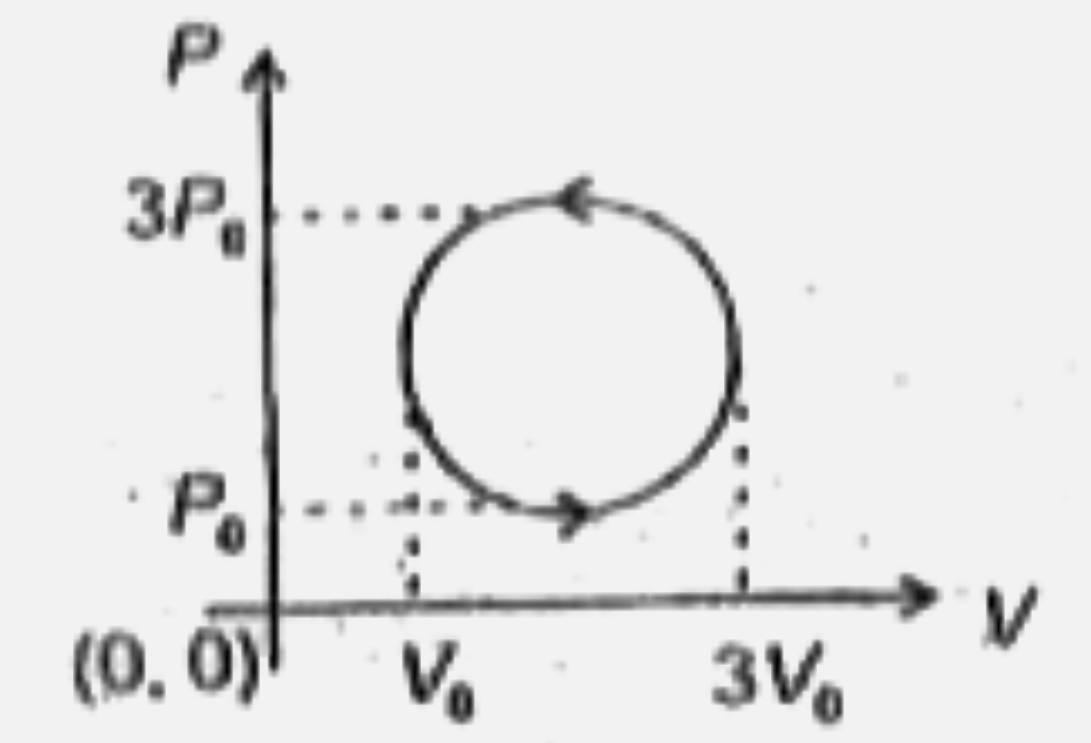Cyclic pedogenesis occurs in
Honey Bee
Gall Fly
Typhlina
Lacerta.
To solve the question "Cyclic pedogenesis occurs in," we need to analyze the options provided and understand the concept of cyclic pedogenesis.
1. Understanding Cyclic Pedogenesis:
- Cyclic pedogenesis refers to a reproductive strategy where organisms can reproduce through a process involving sexually mature larvae without fertilization. This process is also known as parthenogenesis.
2. Analyzing the Options:
- A. Honeybee: Honeybees reproduce sexually and do not exhibit cyclic pedogenesis.
- B. Gallfly: Gallflies are known for their ability to reproduce through parthenogenesis, where larvae can develop into adults without fertilization.
- C. Tafilana: There is limited information available regarding Tafilana and its reproductive methods, but it does not typically represent cyclic pedogenesis.
- D. Lesser Termite: Termites generally reproduce sexually and do not exhibit this specific form of reproduction.
3. Identifying the Correct Answer:
- Based on the analysis, gallflies (option B) are the organisms that exhibit cyclic pedogenesis through parthenogenetic reproduction.
4. Conclusion:
- Therefore, the correct answer to the question is option B: Gallfly.
- Cyclic pedogenesis refers to a reproductive strategy where organisms can reproduce through a process involving sexually mature larvae without fertilization. This process is also known as parthenogenesis.
- A. Honeybee: Honeybees reproduce sexually and do not exhibit cyclic pedogenesis.
- B. Gallfly: Gallflies are known for their ability to reproduce through parthenogenesis, where larvae can develop into adults without fertilization.
- C. Tafilana: There is limited information available regarding Tafilana and its reproductive methods, but it does not typically represent cyclic pedogenesis.
- D. Lesser Termite: Termites generally reproduce sexually and do not exhibit this specific form of reproduction.
- Based on the analysis, gallflies (option B) are the organisms that exhibit cyclic pedogenesis through parthenogenetic reproduction.
- Therefore, the correct answer to the question is option B: Gallfly.
Topper's Solved these Questions
- REPRODUCTION IN ORGANISMSBOOK - DINESH PUBLICATION ENGLISHCHAPTER - REPRODUCTION IN ORGANISMSEXERCISE - Check Your Grasp
19 Videos
- PRINCIPLES AND APPLICATIONS OF BIOTECHNOLOGYBOOK - DINESH PUBLICATION ENGLISHCHAPTER - PRINCIPLES AND APPLICATIONS OF BIOTECHNOLOGYEXERCISE - Brain Teasers
5 Videos
- REPRODUCTIVE HEALTHBOOK - DINESH PUBLICATION ENGLISHCHAPTER - REPRODUCTIVE HEALTHEXERCISE - check your grasp
10 Videos
Similar Questions
A cyclic process is occurring in C3 plant, which is light dependent and needs O2. This process energy rather it consumes energy ltbegt (a) Can you name the given process ?
(b) Is it essential for survival ?
( c) What are the end products of this process ?
(d) Where does it occur ?
View SolutionA : During a cyclic process work done by the system is zero.
R : Heat supplied to a system in the cyclic process converts into internal energy of the system.
View Solution
Knowledge Check
A cyclic process is shown in the figure. Work done during the cyclic process ABCDA is
 A1600 JB150 JC600 JD900 J
A1600 JB150 JC600 JD900 JTwo moles of Helium gas undergo a reversible cyclic process as shown in figure. Assuming gas to be ideal, what is the net work involved in the cyclic process ?
 A200R ln2B100R ln2C300R ln2D400R ln2
A200R ln2B100R ln2C300R ln2D400R ln2Two moles of Helium gas undergo a reversible cyclic process as shown in figure. Assuming gas to be ideal, what is the net work involved in the cyclic process ?
 A200 Rln2B100 Rln2C300 Rln2D400 Rln2
A200 Rln2B100 Rln2C300 Rln2D400 Rln2
The cyclical changes that occur in the uterus during menustral cycle is confined to this layer
View SolutionIn a cyclic process, work done by the system is
View SolutionWhich one is not correct for a cyclic process as shown in the figure ?

View SolutionWork done in the cyclic process shown in figure is

View SolutionTwo moles of Helium gas undergo a reversible cyclic process as shown in figure. Assuming gas to be ideal, what is the net work involved in the cyclic process ?

View Solution
